A Photographer’s Focus on Chinatown
Emile Bocian’s work chronicled the protests and people of the neighborhood in the 1970s and 80s. How an exhibit of his photos changed the perspective of the Museum of the Chinese in America and the Center for Jewish History
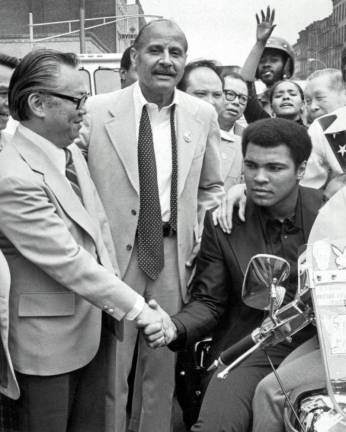
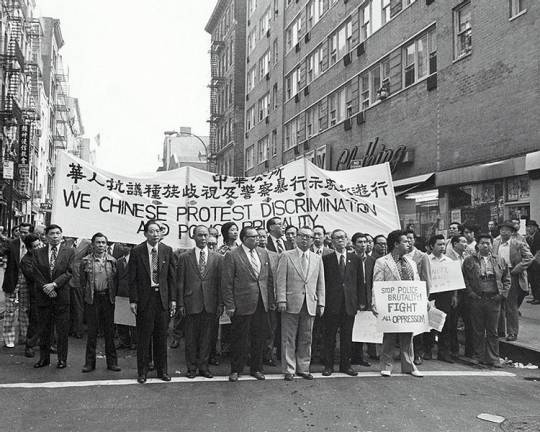
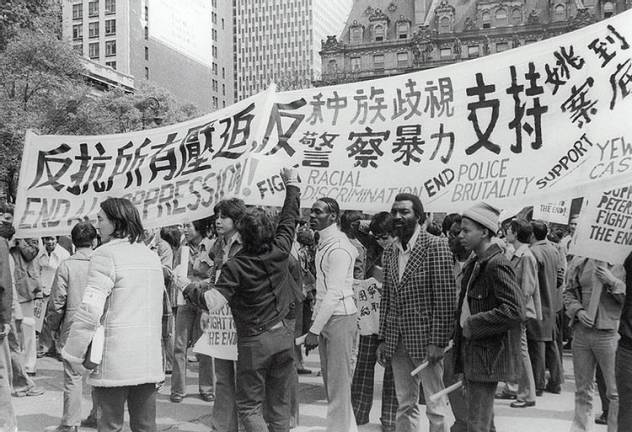
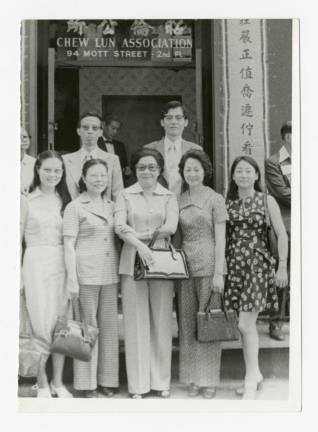
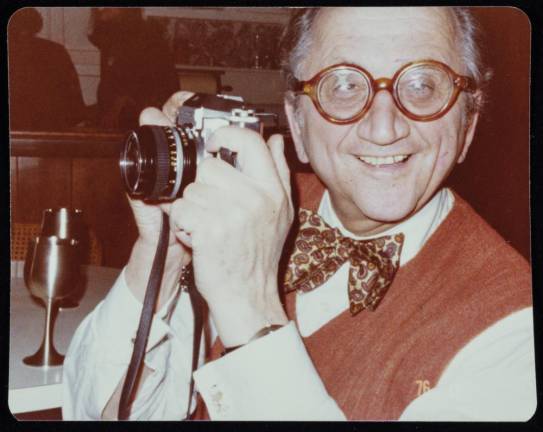
COVID-19 has challenged many cultural institutions to completely change their events to fit with public safety guidelines. For most this diversion from the norm has had a negative impact on both profit and routine, but for some it was a call for innovation and new creative ways of presenting traditional material.
The Center for Jewish History’s exhibit, “An Unlikely Photojournalist: Emile Bocian in Chinatown” is an example of a project that was interrupted by COVID-19, but not ended by it.
The exhibition was originally supposed to open in March of 2020, a joint project between the CJH and the Museum of Chinese in America. It focuses on the work of photographer Emile Bocian, a son of Eastern European Jewish immigrants who chronicled protests, events and personalities in Chinatown for The China Post, a Chinese-language newspaper.
“We had been working with MOCA on other projects and new ways to collaborate, we had applied for and been awarded a shared grant for digitizing hidden collections,” said Lauren Gilbert, the senior manager for public services at the CJH and a co-curator for the Emile Bocian exhibit. “So, we were already working with them when we had discovered this enormous collection that they hadn’t had a chance to do very much with yet. We had this space for an exhibition and we were going to partner with them on that. That started in 2019.”
Gilbert and members of the MOCA were ready to fully install the exhibit in the halls of the CJH by late March 2020 - the beginning of the first major global quarantine.
“Everything sort of went on hold indefinitely,” Gilbert said. “We realized it would be an opportunity to kind of pivot. The exhibition manager at the center translated what was meant to be a physical exhibit basically into a digital exhibit.”
Chinese Culture
Though he was one of the few non Asian-American residents of Chinatown in the 1970s and 80s, Bocian was able to thrive there. Through his photography he captured the Chinatown of that time, with its bustling streets, active community centers, and lively performances - and, in a foreshadowing of the recent rallies against anti-Asian hate crimes, protests against police brutality and prejudice.
Bocian’s goal was not only to capture the authentic Chinese culture of the area, but to do it justice through rawness. He didn’t script his photos and he made real connections with people that lead to genuinely emotional photography. He accumulated over 120,000 photos of Chinatown and its residents, with approximately 50,000 of those photos being preserved by the MOCA to this day. This collection is now the largest at MOCA.
The collection had been under MOCA’s possession since the 90’s, with the CJH becoming a collaborator in 2019. The original goal was to digitize any significant photography within these collections. That way, no matter how much time passes the photography’s quality cannot deteriorate because it’s all online.
Unknowingly, this digitization prepared the CJH and MOCA for crisis something nobody saw as a threat at the time – COVID-19.
A New Perspective
With quarantine shutting down all in-person activity throughout the country, the CJH knew that if they still wanted to present the work they had, they had to innovate.
“Because the format is different it doesn’t completely reproduce what was going to be in the physical [exhibition],” Gilbert said. “In some cases there’s more information and in some cases there’s less. We still want to eventually install a physical exhibit, so when we do reopen we’re going to install it.”
The collection went live a few months ago, and is accessible via the CJH’s Emile Bocian website. Alongside the website is a YouTube video presentation, led by Gilbert and Kevin Chu, co-curator and Assistant Director of Collections at MOCA. The presentation gives more information on Bocian’s photography and his personal life, through interviews with Bocian’s grandniece and nephew. Bocian died in 1990.
“We have a gallery space on our main level [where] ... we were going to install photographs from the various parts of his two decades in Chinatown working for the China Post and arrange them thematically, similarly to how we did the digital exhibit,” said Gilbert. “There are sections about the changing neighborhoods, sections about distinguished visitors to the neighborhood, a section about political activism.”
In the digital exhibition, Gilbert said they added “a section called ‘gallery,’ which is over 100 photos that didn’t necessarily fit into any of the existing categories but we still had access to these digital photos and we thought it would be a good opportunity because it’s on the web, not on the wall, and doesn’t have a size limit ... there are some design challenges in making the exhibit more navigable in a web version, but there are fewer limitations. In those ways it’s freeing.”
Staff of the CJH and MOCA were surprised by the sheer amount of outreach they achieved.
“We’ve gotten a lot of great feedback, and I guess the silver lining is that, in a digital format your potential audience is much larger,” Gilbert said. “In terms of your daily physical visitors to the CJH that’s always going to be dwarfed by the number of people who might stumble upon this exhibit online. One thing it’s allowed us to do is crowdsource for things that we couldn’t confirm. A lot of these photos were not labeled or dated, or were only partially labeled. So there was a lot of material we couldn’t identify; events, people, places ... we actually put out a call saying, ‘For anyone who lived through these times or anyone from Chinatown, do you recognize these people, these events,’ and I’ve gotten a huge amount of feedback to the point that I’ve updated maybe 20 captions at this point,” Gilbert said. “So when we do actually install it physically, the information will be a lot more complete than it was.”
Gilbert also thinks that these takeaways will be utilized in the future, and allow for future innovation in ways that the CJH and MOCA may not have thought about in the past. “In the same way, we found when we switched a lot of our in-person programs to virtual Zoom programs that our audiences are a lot bigger than we thought, and we actually have international audiences ... It really opens it up to all kinds of people, whether their accessibility issues are geographical or a disability, or any other kinds of issues.”
Plans for a physical exhibit aren’t set yet, but the exhibit itself is available for viewing via this link: https://www.bocian.tk/